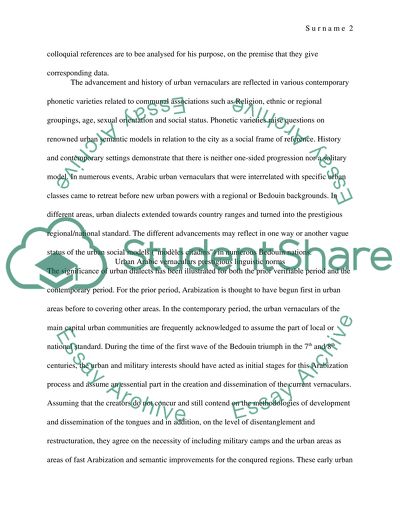Cite this document
(Variation and Change in Arabic Urban Vernaculars Assignment, n.d.)
Variation and Change in Arabic Urban Vernaculars Assignment. Retrieved from https://studentshare.org/sociology/1635044-middle-arabic-and-mixed-arabic-diachrony-and-synchrony
Variation and Change in Arabic Urban Vernaculars Assignment. Retrieved from https://studentshare.org/sociology/1635044-middle-arabic-and-mixed-arabic-diachrony-and-synchrony
(Variation and Change in Arabic Urban Vernaculars Assignment)
Variation and Change in Arabic Urban Vernaculars Assignment. https://studentshare.org/sociology/1635044-middle-arabic-and-mixed-arabic-diachrony-and-synchrony.
Variation and Change in Arabic Urban Vernaculars Assignment. https://studentshare.org/sociology/1635044-middle-arabic-and-mixed-arabic-diachrony-and-synchrony.
“Variation and Change in Arabic Urban Vernaculars Assignment”, n.d. https://studentshare.org/sociology/1635044-middle-arabic-and-mixed-arabic-diachrony-and-synchrony.


